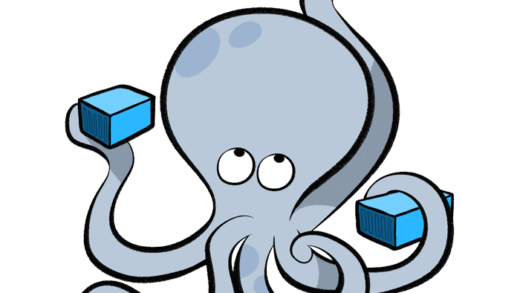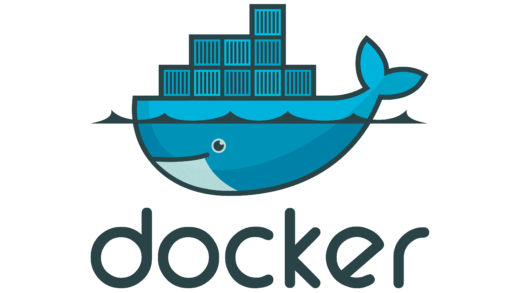This guide will help you get NextCloud up and running with Docker and CloudFlare Tunnels.
Prerequisites
- A running Docker environment.
- A Cloudflare account and Cloudflare Tunnel setup.
- Basic Portainer knowledge.
- Basic knowledge of Docker Compose.
Step 1: NextCloud Docker Compose
Create a docker-compose.yml file for your NextCloud instance:
version: '3.7'
services:
nextcloud:
image: nextcloud
container_name: nextcloud
ports:
- 8080:80
volumes:
- nextcloud_data:/var/www/html
environment:
- MYSQL_PASSWORD=yourpassword
- MYSQL_DATABASE=nextcloud
- MYSQL_USER=nextcloud
- MYSQL_HOST=db
db:
image: mariadb
container_name: nextcloud_db
environment:
- MYSQL_ROOT_PASSWORD=yourpassword
- MYSQL_PASSWORD=yourpassword
- MYSQL_DATABASE=nextcloud
- MYSQL_USER=nextcloud
volumes:
- db_data:/var/lib/mysql
volumes:
nextcloud_data:
db_data:
Run the Docker Compose file:
docker-compose up -d
Step 2: Setup your CloudFlare Tunnel and Zero-Trust
Please refer to this step-by-step post I made on how to setup your Cloudflare tunnel.
By doing this you will be able to give your Nextcloud instance a subdomain with an SSL certification.
Step 3: Edit NextCloud Container Files
- Log into Portainer.
- Find the NextCloud container and click the
>_icon to open the terminal. - Click the blue Connect button.
If you do not have Portainer try installing the CLI application “ctop” to get into the Nextcloud exec shell. This should work in most Linux distro cli.
docker run --rm -ti \
--name=ctop \
--volume /var/run/docker.sock:/var/run/docker.sock:ro \
quay.io/vektorlab/ctop:latest
In the exec shell terminal window, enter the following:
apt update apt install nano nano .htaccess
Add the following to the top of the .htaccess file:
php_value upload_max_filesize 16G php_value post_max_size 16G php_value max_input_time 3600 php_value max_execution_time 3600 php_value memory_limit 2048M
Save and exit with CTRL+O and then CTRL+X.
Step 4: Remove Standard Error Codes in Nextcloud Overview
Nextcloud often shows warnings in the Overview section. Below are common warnings and how to resolve them:
Warning: “The reverse proxy header configuration is incorrect”
Add the following to your Nextcloud configuration file (config/config.php):
nano config/config.php
Scroll down to the 'trusted_domains' section and update it to include your domain:
'trusted_domains' => array ( 0 => '192.168.x.xxx:8080', 1 => 'nextcloud.yourdomain.com', ),
Then scroll down to the bottom of the file where you should see:
'installed' => true,
Add the following before the last ");":
'overwriteprotocol' => 'https', 'default_phone_region' => 'US', 'enable_previews' => true,
Save and exit with CTRL+O and then CTRL+X.
Now, edit the 000-default.conf file:
nano /etc/apache2/sites-enabled/000-default.conf
Scroll to the end of the file and add the following:
Redirect 301 /.well-known/carddav https://nextcloud.yourdomain.com/remote.php/dav Redirect 301 /.well-known/caldav https://nextcloud.yourdomain.com/remote.php/dav Redirect 301 /.well-known/webdav https://nextcloud.yourdomain.com/remote.php/dav Redirect 301 /.well-known/webfinger https://nextcloud.yourdomain.com/index.php Redirect 301 /.well-known/nodeinfo https://nextcloud.yourdomain.com/index.php
Make sure to replace nextcloud.yourdomain.com with your actual NextCloud URL.
Step 5: Restart the NextCloud Docker Container
After making these changes, restart your NextCloud Docker container:
docker restart nextcloud
Conclusion
By following these steps, you should have successfully integrated NextCloud with Docker, Portainer, and Cloudflare Tunnels, along with configuring necessary settings and resolving common issues. This setup ensures your NextCloud instance is running efficiently and securely.
Feel free to reach out if you need further assistance or clarifications!




